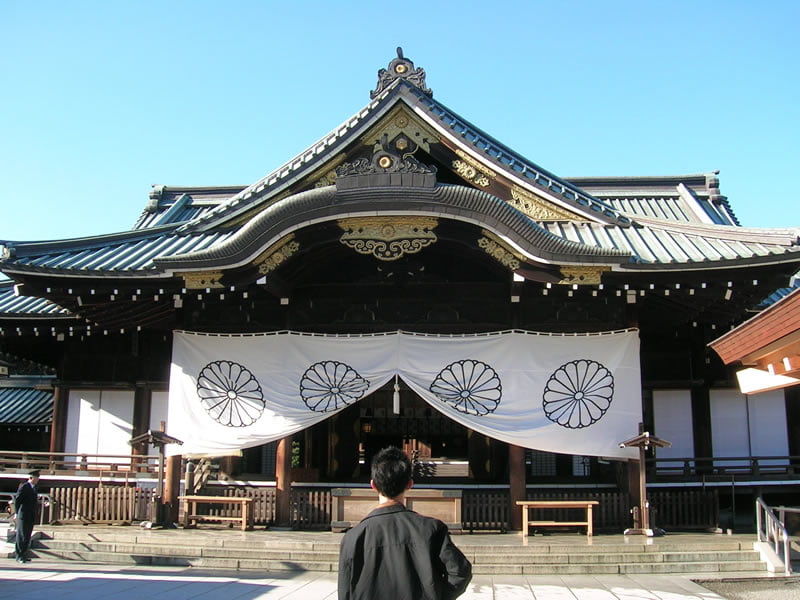Modern Japanese architecture design: Typically Traditionally Japanese Architecture Style. It has been derived by wooden structures, raised from the ground, with tiled and thatched roofs. But Since the 19th century, however, Japanese Architecture has incorporated much of Western, modern, and post-modern architecture into construction and design, and is today a leader in cutting edge architectural design and technology. Traditional Japanese Architecture Style have many design elements. Which is developed by cultural and geographical values. As like traditional Japanese houses have a Sliding doors (fusuma) were used in place of walls. Allowing the internal configuration of a space, to be customized for different occasions. People usually sat on cushions or otherwise on the floor, traditionally; chairs and high tables were not widely used until the 20th century.
Modern Japanese Architecture Style
Japan’s Geographic place and climatic conditions, the mild climate, structures of wooden timber have traditionally been the basis for Japanese architecture. Most secular and sacral Japanese buildings completed in the past were built by using wooden materials.
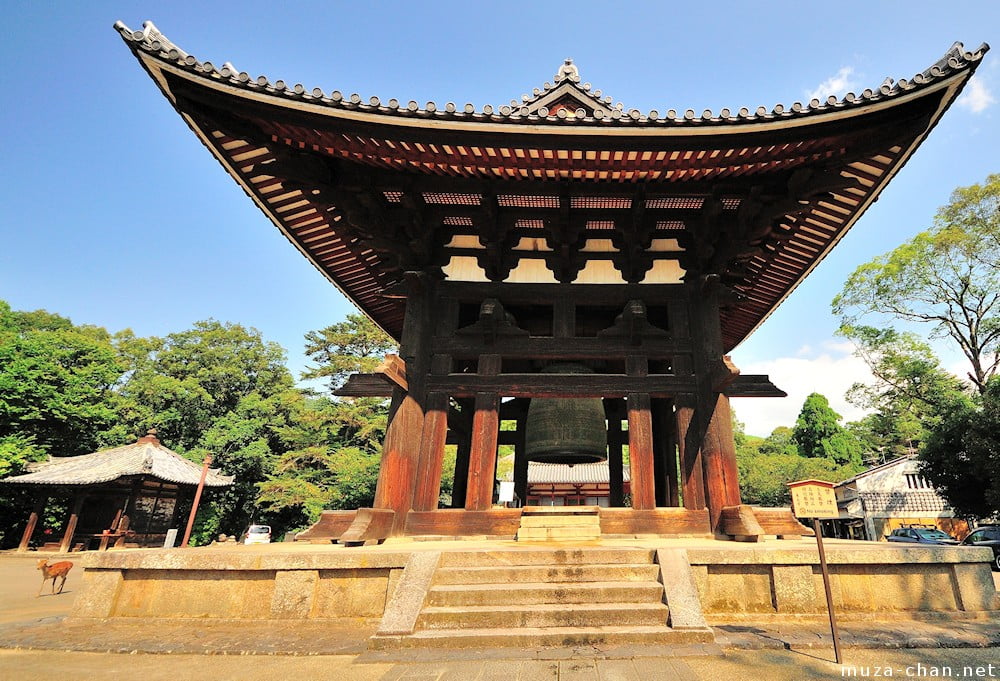
In Traditional Japanese Architecture of Buildings, Forms and techniques used in this construction does not only show the climate of Japan, but also it is deeply rooted in the evolution of the Japanese culture.
However, other Local materials, such as stones, soil and bricks were also commonly used during this time period. The Japanese architecture of wood, known as kansai, was fully developed during the 8th Century by adding decorative elements, and a variety of design details.
In that time Japanese architects gave birth to a refined Japanese architectural style and technique that became unique to their country.
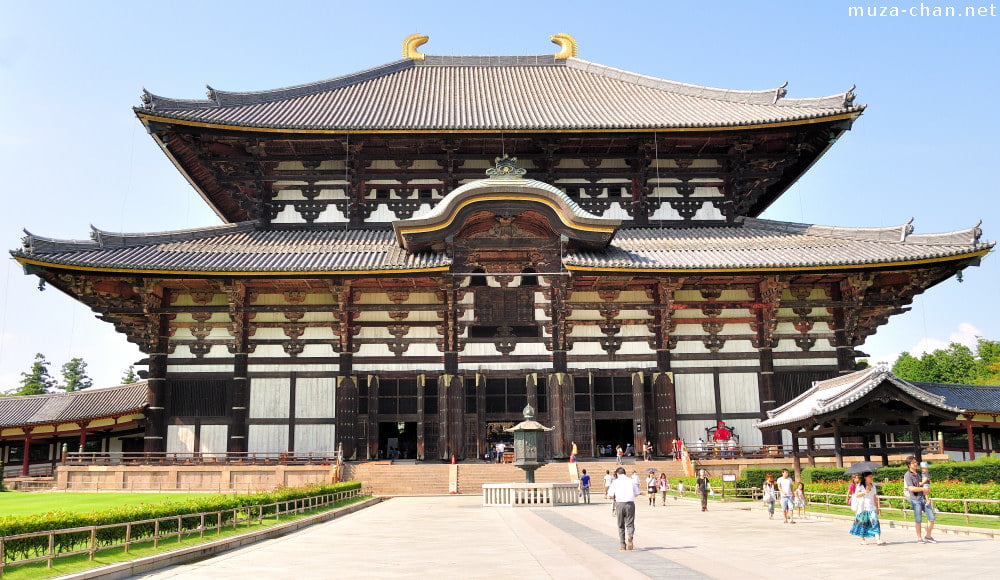
Best Examples Of Traditional Japanese Architecture:
The rich tradition of Japanese architecture is best exemplified by the sacral buildings, such as Buddhist temples and Shinto shrines.
- The Ise Shrine is probably the most well known of the Shinto shrines. Its typical features are columns made from cypress and the traditional thatched roof. This design conveys a sense of purity and simplicity, which is regarded to be the most important for the shrine.
- The other fine example of sacred building in Japan is a Buddhist temple called the Phoenix Hall. Originally a nobleman’s villa, the building was converted into a temple. It represents the apogee of Japanese design bearing a new sense of airiness, with its open porch and lofty central roof.
Traditional Japanese Architecture Design Elements:
Between twentieth and fourteenth century Japanese architectures set standards for domestic buildings. Some of this basic architectural design elements has been maintained to the present day.
A traditional type of Japanese townhouse is known as ‘machiya’. These houses can be mainly found in Kyoto in the Takayama district. To meet high living standards, building materials for machiya are carefully selected.
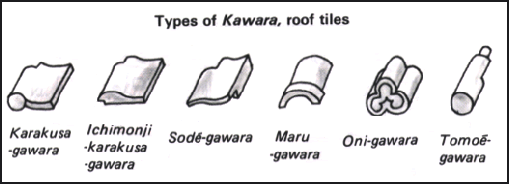
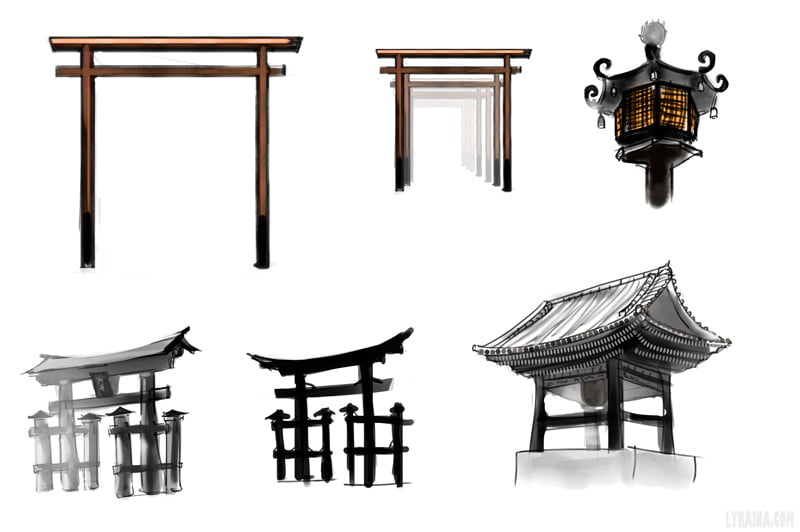
Traditional Japanese Architectural Material Use:
The most common material is timber wood, which attributed considerably to the beauty of the house. The other example of domestic architecture are farmhouses. To the most distinctive types of Japanese rural buildings are known as gassho-zukuri. These are small houses with a cozy and romantic look.
The abundance of feudal warfare and noble class in Japan, resulted in a big amount of palaces and castles. Although many of these elegant buildings were destroyed in numerous wars, some of them survived and can be admired today.
The most beautiful mansions worth visiting today are the dramatic Himeji-jo castle and August Imperial Palace. The former was constructed in 1390 and is also known as White Egret Castle, the latter was rebuilt ten times due to fire.
Modern Japanese Architecture:
When Japan opened it doors to the rest of the world in 1868, Western architecture began to replace traditional Japanese Architecture building. Architects in Japan started to combine traditional methods of wooden constructions with European design. They also expanded the materials used for the buildings including concrete and steel.
After World War I, under the influence of Le Corbusier, Mies van der Rohe and Frank Lloyd Wright, Japanese architecture began to make, their own original contributions to the modern architecture.
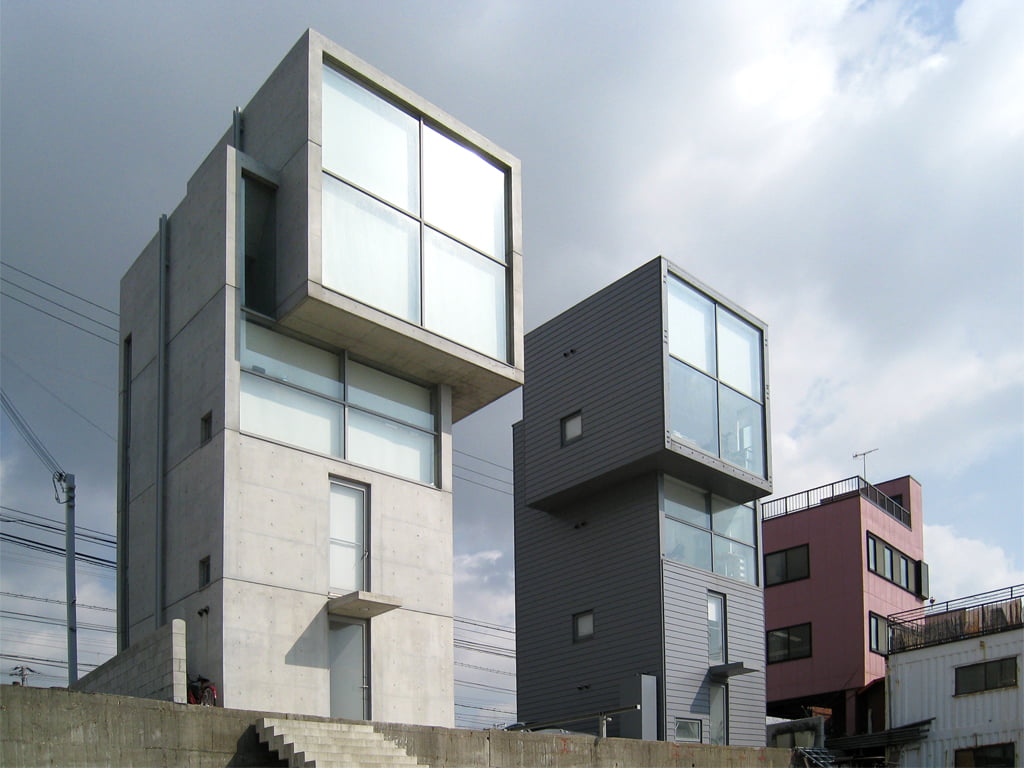
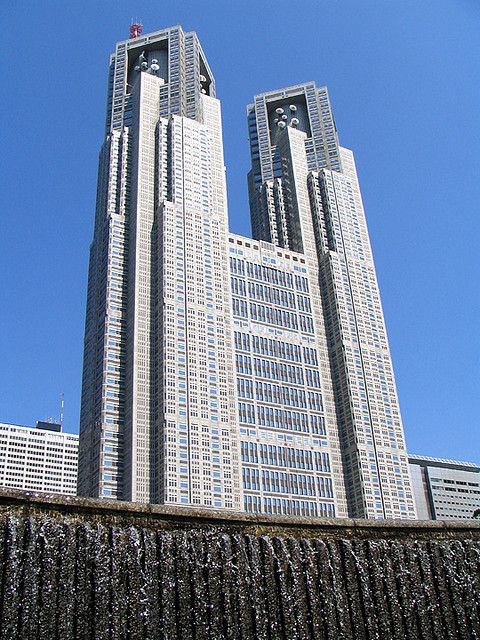
- Japanese architects such as Tange Kenzo or Arata Isozaki created a unique style and developed international modern design. Tange’s National Gymnasium completed in 1964, is a fine example of blending new styles with traditional Japanese Architecture characteristics.
- In the 1960’s Japanese architects such as Shinohara Kazuo, Kurokawa Kisho and Maki Fumihiko started a new architectural movement known as Metabolism. This style combines fixed forms of the buildings with flexible spaces and functions.
- Shinohara’s Centential Hall at Tokyo’s Institute of Technology is a prime example of contemporary architecture that combines postmodern clashing forms with elegant Japanese architecture style.
- Kurokawa blends in his design building traditions with modern influence, while Maki, in his minimal arts, emphasizes the elements of nature.
Modern and Postmodern Japanese Architecture Examples:
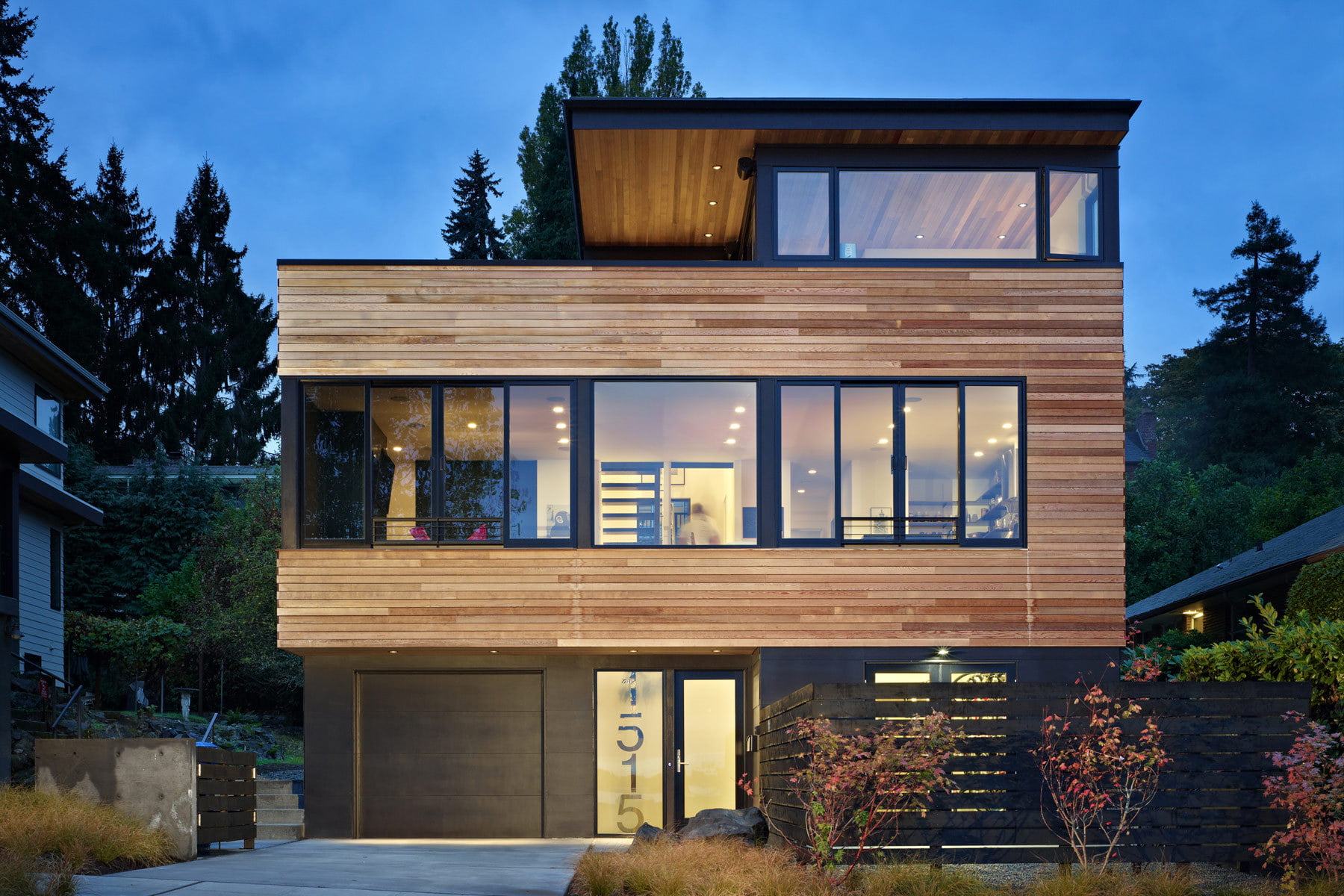
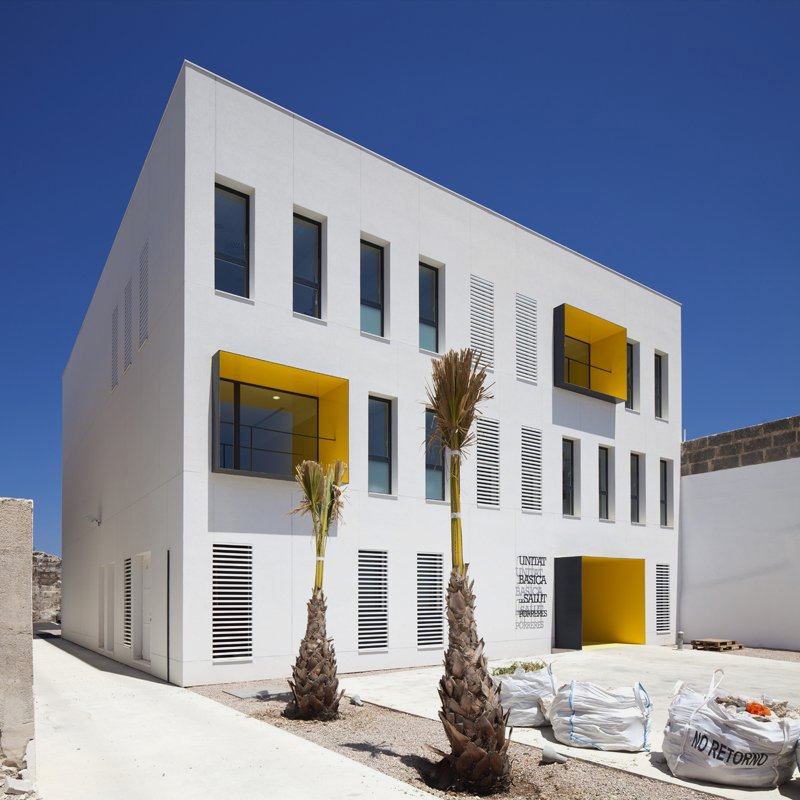

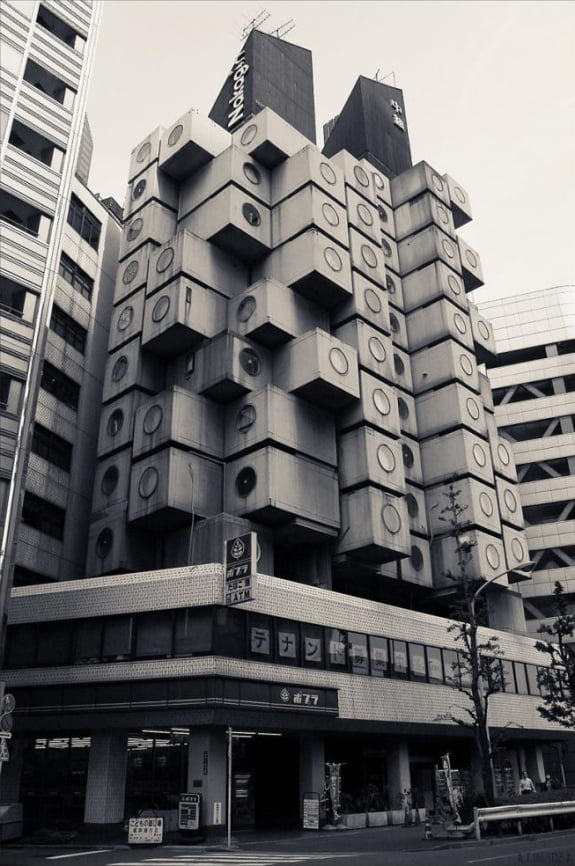
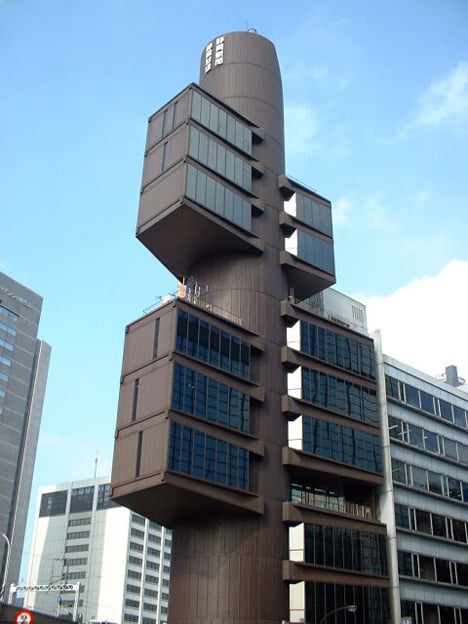
In the 1980’s the second generation of Japanese architects, exploring both modern and postmodern design, started to contribute to the development of contemporary architecture. Artists such as Ando Tadao, Hasegawa Itsuko and Toyo Ito began to gain high appreciation among worldwide architects.
For instance Ando developed a radically new Japanese architecture style and is considered to be one of the most influential architects today. His buildings often combine geometric simplicity with unfinished concrete and glass structures to contrast modern society and urban chaos with clarity that characterize traditional Japanese architecture.
Wingers, this is all about Traditional, Modern, Post Modern, and Contemporary Japanese Architecture. Here we see how this country stand out their own with architecture identity and cultural value.
Have a some more thoughts on Japanese Architecture and their characteristics, let’s share here,…!!!
